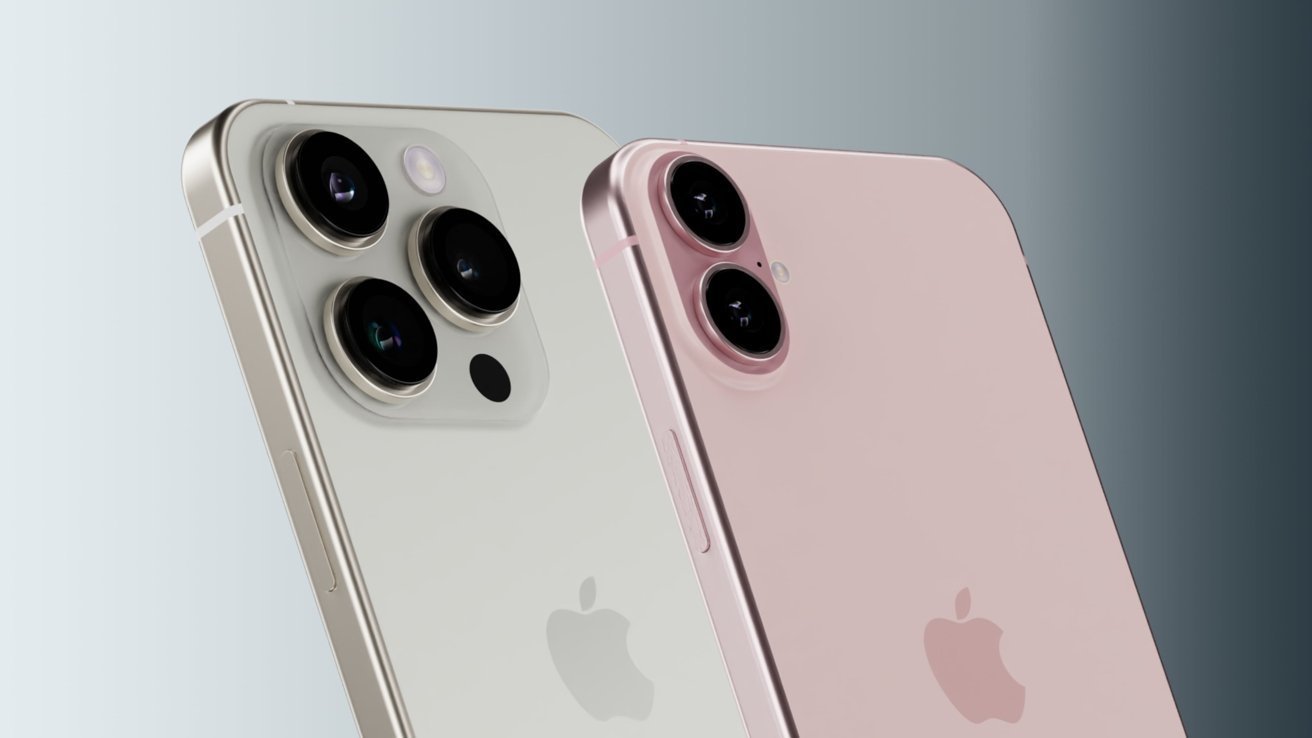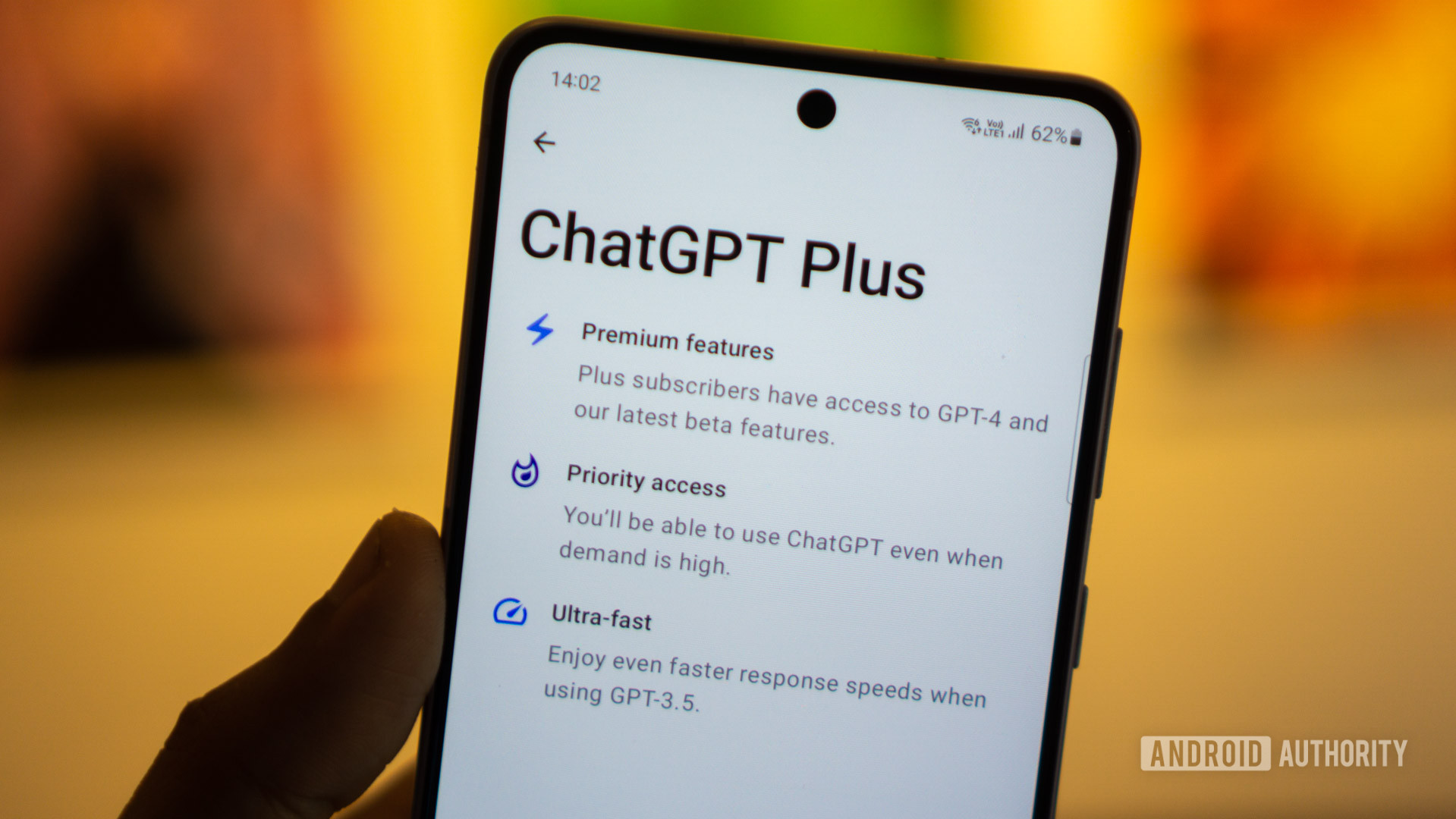iPhone 17 Air render on the right
Apple’s iPhone 17 Air may last longer on a charge that it would with existing tech, thanks to silicon batteries that pack 15% more energy into the same space.
The iPhone 17 Air, expected this fall, could be the first Apple smartphone to feature advanced silicon-anode battery technology. Japanese supplier TDK has confirmed that it’s accelerating production, with shipments set to begin by the end of June.
That timeline may give Apple just enough lead time to include the new batteries in its rumored 5.5mm-thin device, according to DigiTimes. The thin model is widely expected to be announced in September.
TDK’s silicon-anode batteries store about 15% more energy in the same physical space compared to conventional graphite-based batteries. The extra density is possible because silicon can hold more lithium ions per gram than graphite, making it ideal for devices where every millimeter counts.
Apple shifts strategy by adopting new battery chemistry
For Apple, adopting silicon battery tech would mark a significant shift in its battery strategy. The company has historically prioritized chip and software efficiency to extend battery life, avoiding big changes to internal battery chemistry.
The move would be one of the first times Apple brings a major material change to iPhone batteries, signaling that silicon-anode tech is finally ready for mass production.
To put the rumored design in context, current iPhones measure around 7.8mm thick. If the iPhone 17 Air comes in at 5.5mm, that would make it the slimmest iPhone ever and one of the thinnest modern smartphones overall.
Making a phone that thin without compromising battery life is a challenge Apple appears ready to take on.
A broader push toward silicon batteries
Silicon-anode batteries have been in development for years, with startups like Sila and Amprius working to bring them to scale. Apple entering the picture suggests the technology has matured.
The material is appealing for next-generation batteries because it can store up to ten times more lithium ions per gram than graphite, allowing for much higher energy density. That’s especially valuable in thin devices like smartphones, where space is limited.
The challenge is that silicon expands and contracts dramatically during charging, which can cause cracking and early battery failure. To overcome this, companies like TDK use engineered silicon composites rather than pure silicon. These materials blend silicon with flexible binders or coat it in nanoscale layers to reduce stress and maintain structural integrity.
The result is a battery that offers more power without sacrificing durability. The battery innovation may also tie into Apple’s longer-term hardware roadmap.
The iPhone 17 Air could serve as a testing ground for these materials at a large scale. TDK is already working on fourth-generation silicon batteries for future products. If the rollout in the iPhone 17 Air is successful, Apple might adopt this technology in other devices.
The thin iPhone is expected to replace the Plus model in Apple’s 2025 lineup. With a 6.6-inch display and a dramatically slimmer design, it’s aimed at users who want a lighter phone without giving up modern performance.
If the silicon battery delivers on its promise, it could reshape expectations for thin smartphones and give iPhone users more power in less space.










